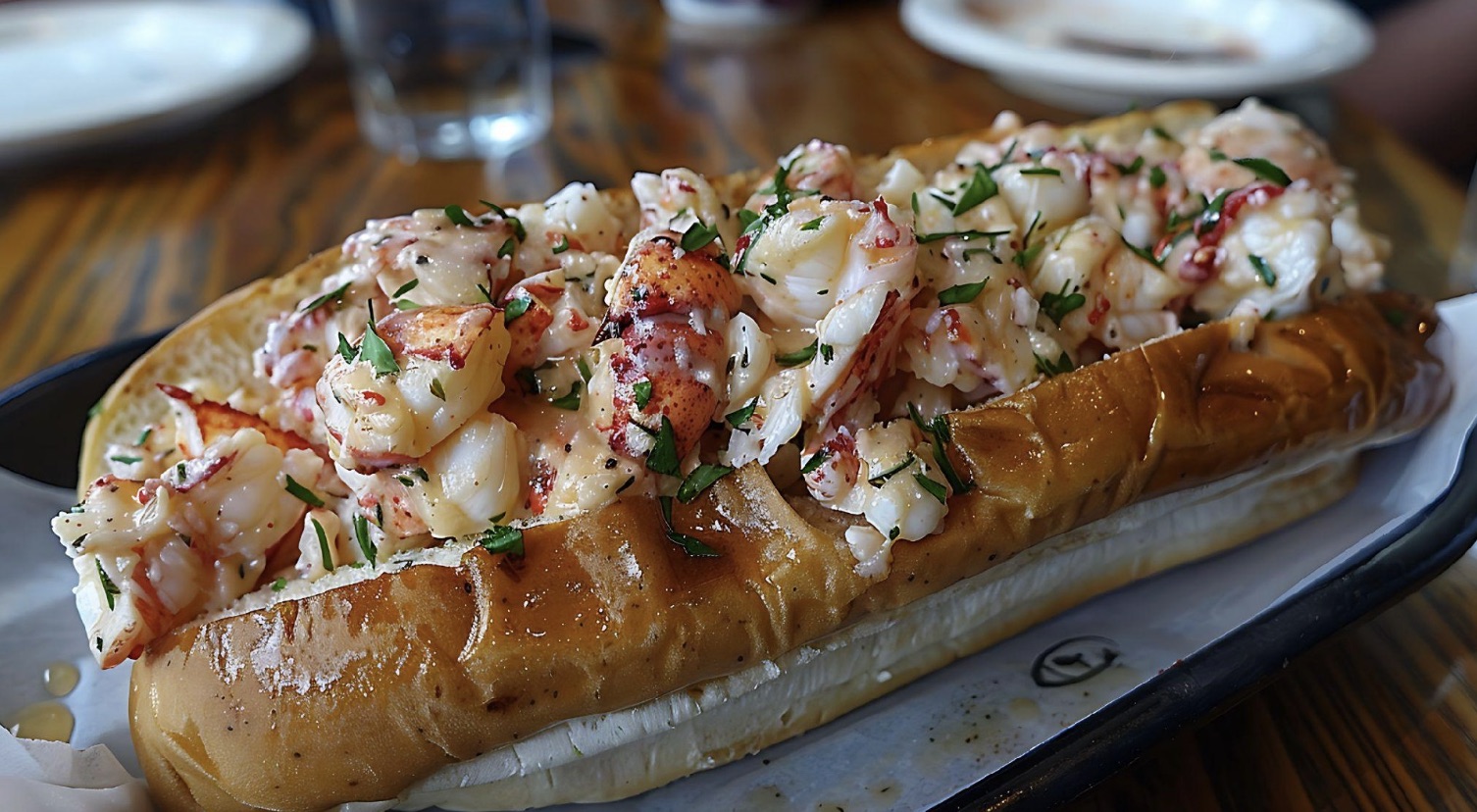There was a time when lobster meant white linen, overpriced sides, and the silent pressure to use the right fork. It came with candlelight and an upsell. You didn’t eat it on the street… you waited for someone to place it in front of you like a reward.
That version of lobster still exists, sure. But it’s no longer the only story.
Now? You’re more likely to find it stuffed into a roll, wrapped in foil, and handed over by someone in a truck. There’s music playing. There’s butter dripping. And no one’s asking you to wear anything besides your appetite.
The Status Symbol That Started as Scraps
Lobster wasn’t always luxury. In the 1800s, it was served to prisoners. It piled up on docks and was used as fertilizer. People got sick of it. Called it “cockroach of the sea.”
But food is cyclical. What was once cheap becomes chic. And lobster got its rebrand, complete with surf- and-turf menus and $60 price tags. For decades, it lived there as something you dressed up for.
Until someone put it in a bun.
The Roll That Changed Everything
Lobster rolls don’t care about status. They’re messy in the right way. A little warm. A little cold. Buttered, toasted, and built for movement.
You can walk and eat one. You can eat two and still call it a snack. And you don’t need a special occasion. Just ten bucks, a paper napkin, and maybe a view of the boardwalk.
They made lobster casual. And in doing so, they made it better.
Why Lobster Fits Street Food Like It Was Always Meant to Be There
Street food thrives on contradiction. Fast but thoughtful. Simple but unforgettable. That’s exactly where
lobster fits.
It’s the same reason why you’ll find yakitori stalls in Tokyo alleyways or ramen trucks tucked behind jazz
bars in Fukuoka — street food makes flavor feel immediate and human.
It’s indulgent without being impossible. It has texture, taste, and enough weight to feel like a real meal. And when done right, it doesn’t need help from truffle oil or aioli flights. Just heat, butter, and the sea still clinging to the shell.
You Don’t Have to Live Near the Ocean to Get the Real Thing
People always assume you have to be coastal to get real lobster. But that’s outdated thinking. Plenty of folks source it online from places like Lobster Anywhere, have it shipped to their door, and build something better than what’s served under chandeliers.
It’s not about geography. It’s about knowing what you like and making it happen.
Less Formal, More Flavor
What lobster needed was not more flair, but less formality. No chef’s kiss, no ceremony. Just food that tastes like a good decision.
When you strip it down, lobster is perfect for street food because it’s already theatrical. You don’t have to dress it up. You just have to give it space to be itself.
That means rolls. Tacos. Mac and cheese. Chowder in a cup. Or just a tail, grilled and cracked open, with
nothing but lemon and a picnic table.
Fine Dining Didn’t Make Lobster Special. Street Food Did
Fine dining claimed lobster. But it didn’t define it.
Lobster doesn’t need candles. It doesn’t need reservations. What it needs is steam and salt and something to soak up the juice. It needs to be eaten outside, while it’s still hot, with the sound of gulls or
buses in the background.
It needs less pressure, more bite.
Street food gave lobster its freedom. And somehow, that made it even more iconic.

